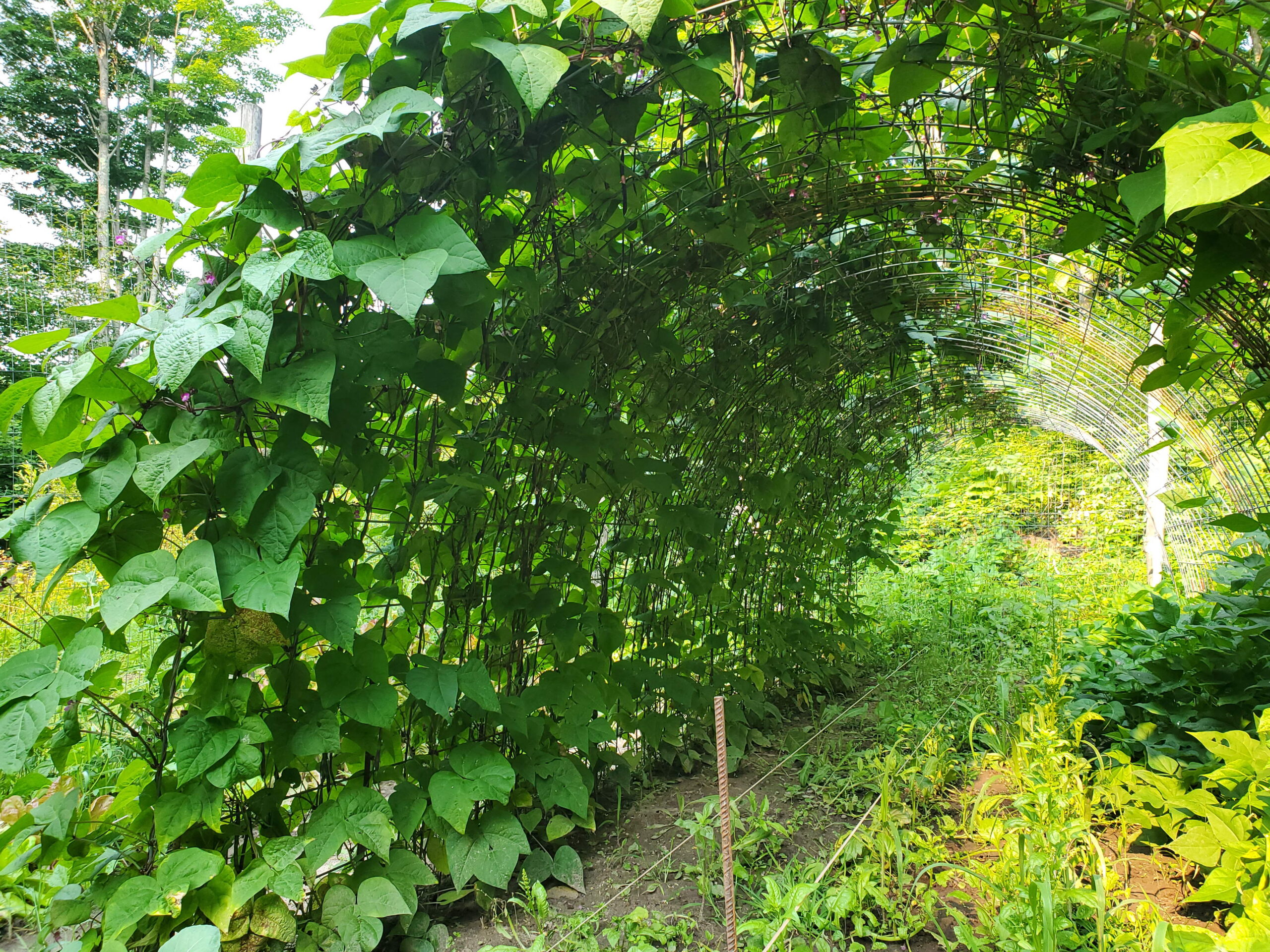Let’s Get Ready for a Revival!
Day #11

Creating A Compost Composting
Creating a compost is a great way to improve your garden soil and recycle plant waste. Composting requires very little time and space, and benefits plants, the soil, and the environment by minimizing waste. Put simply, compost is decayed organic matter. Composting can be managed very simply and can involve as little as piling discarded plant material – like banana peels, carrot leaves and peelings, and garden waste – into a pile.
With little management, you can turn the parts of plants that would normally go into the trash into a rich, loamy soil amendment that works wonders in your garden. Adding compost benefits the garden by helping the soil retain water, improving drainage and aeration, supplying nutrients, and increasing biological activity of soil organisms
Four key factors will make a successful compost pile: a good ratio of green to brown material, high temperatures, frequent turning of the pile, and adequate moisture.
Find local wood pallets to help contain your compost pile
1. Designate a spot for the compost pile (I set up 4 pallets to create a box)
2. Add Green and Brown Materials About one part green to three parts brown. The green material – grass clippings, plant leaves, coffee grounds, eggshells – are high in nitrogen. The brown material – dead leaves, pine-straw, corn stalks– are high in carbon. After you’ve added the green material, which is what most of your garden and kitchen waste will be, top with a layer of brown material. This will help keep your pile from attracting animals and from smelling.
3. High Temperatures A warm compost heap is a good sign that the process is working. You can buy a soil thermometer to probe the inside of your compost pile to check that the pile is getting warm enough – 135 to 160 degrees F is a good range. In the winter, the composting process is slowed, but you can continue to add to the pile and turn it in the spring when it gets warm enough.
4. Turning the Pile Turn the pile with a hoe or garden fork to move the material around. I use a pitchfork and flip it over and over by moving the top to the bottom, and bring the bottom to the top. I do this 1x a month.
5. Moisture I just let nature do it’s course with the rain and snow
6. What Can’t Go in the Compost? Do not add any diseased plants that you would not want to spread to your next year’s garden. Avoid adding meat, cooked foods, oils, dairy and bones.
In fall/winter you’ll start your compost and turn it in the fall and early spring. If it looks rich and loamy and broken down you can use it in your garden in late spring. If not, I suggest turning it and starting another compost in the fall/winter and start over. The existing pile you can then add to your garden in the late fall and let it sit until spring and mix it in.
Day #2 Top Gardening Tips to Start Today
Day #5 Garden Planning
Day #6 Learn to Grow Anywhere
Day #7 Top Tools to Have on Hand
Day #8 Learn about Good pests in your garden
Day #9 Vertical Gardening
Day #10 Gardening Quick Guides

